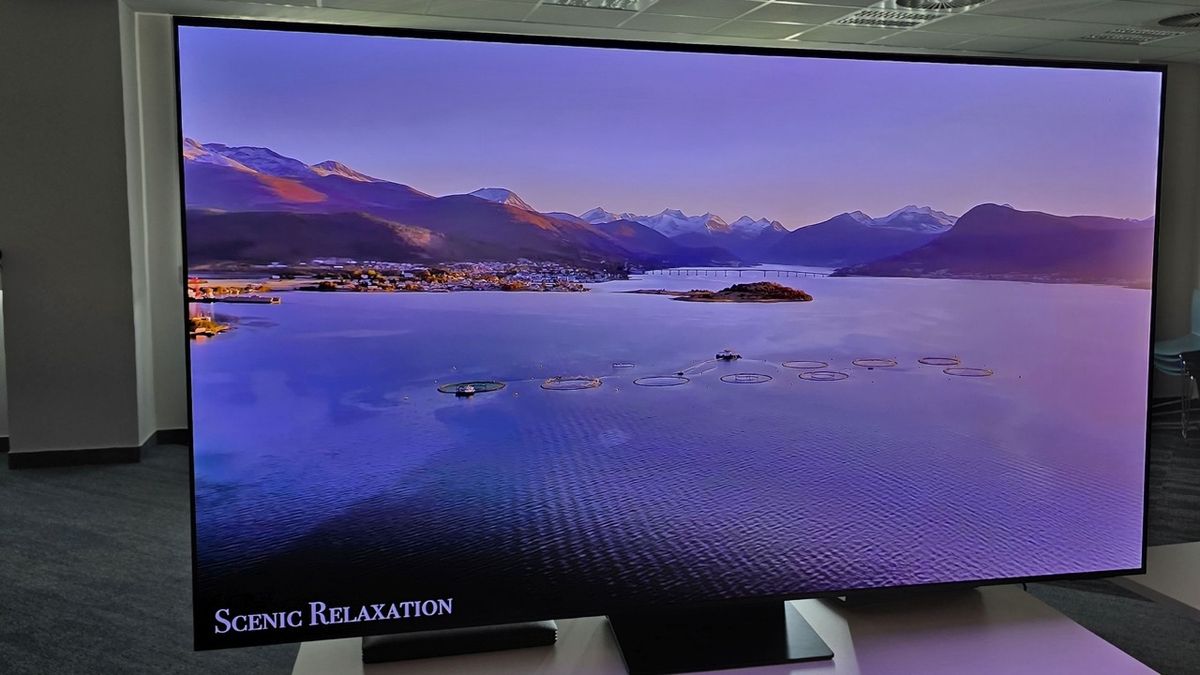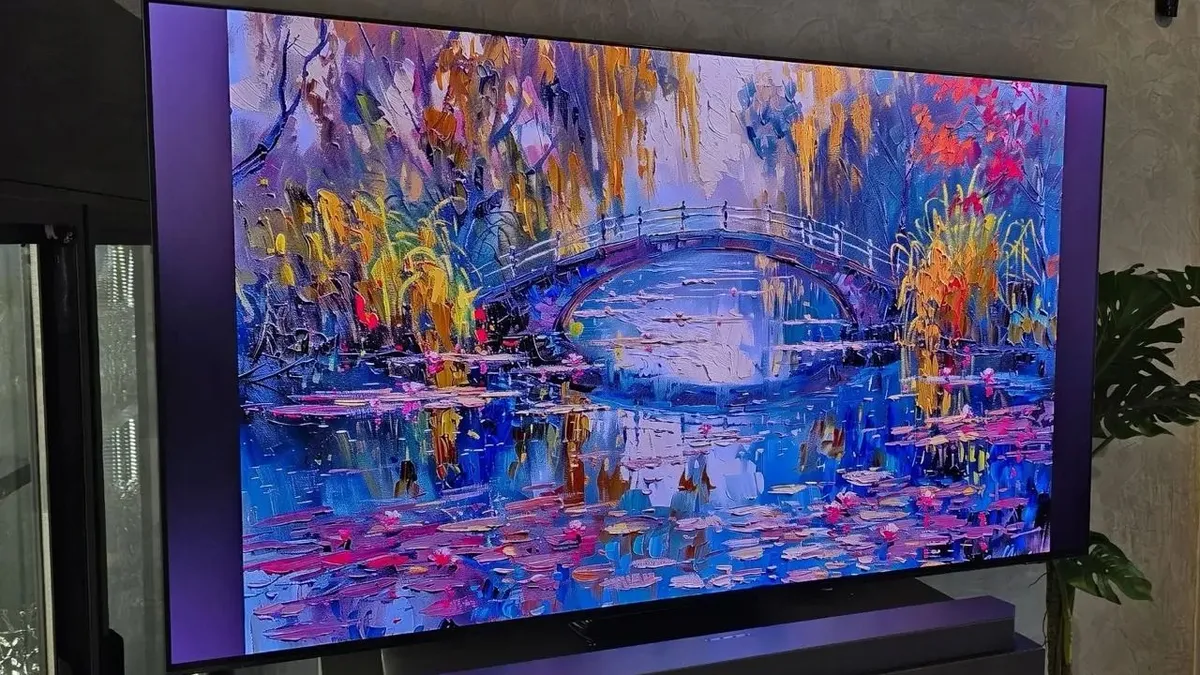Samsung TVs don’t need to be introduced to anyone! The company is the largest TV manufacturer in Hungary and the world, and it’s clear that the company is doing everything it can to ensure that this doesn’t change. The company spends a lot of money year after year on vital research and development, which, by definition, leads to tangible results, or more precisely, visible results. Some of its technologies are almost redefining the concept of watching TV.
Thanks to this, this year the company managed to come up with a novelty, which is already included in one of the company's latest TVs. This is the Samsung S95D, the world's first OLED TV with a matte screen. So, unlike all other currently available products that use this technology, this screen does not reflect or flicker. We were able to see this with our own eyes, as the company allowed our editorial staff to test this unique equipment.
Takes TV to a new level
From what we have seen, this thing works flawlessly, which can be very important in a bright room where the lamp is on or the sun is shining. Most of the light is simply absorbed by this special screen, and the rest is diffused discreetly. This solution therefore represents a very serious added value, since reflection can be very annoying, which can significantly reduce the enjoyment value.

We have already encountered something similar with conventional LCD displays, but in order to achieve the desired result, the screens are coated with a special chemical, which is accompanied by a radical decrease in brightness. However, this is not a viable option for TVs, as people now expect high brightness from high-end TVs and the stunning HDR display associated with it. So this is the main reason why we have not seen matte OLED displays yet. However, Samsung engineers chose a different solution and resorted to physics instead of chemistry. They developed a special optical film layer in which small, specially shaped lenses are responsible for scattering the light coming from outside. All this was done flawlessly, as we found that the brightness of the Samsung S95D TV is phenomenal.












































